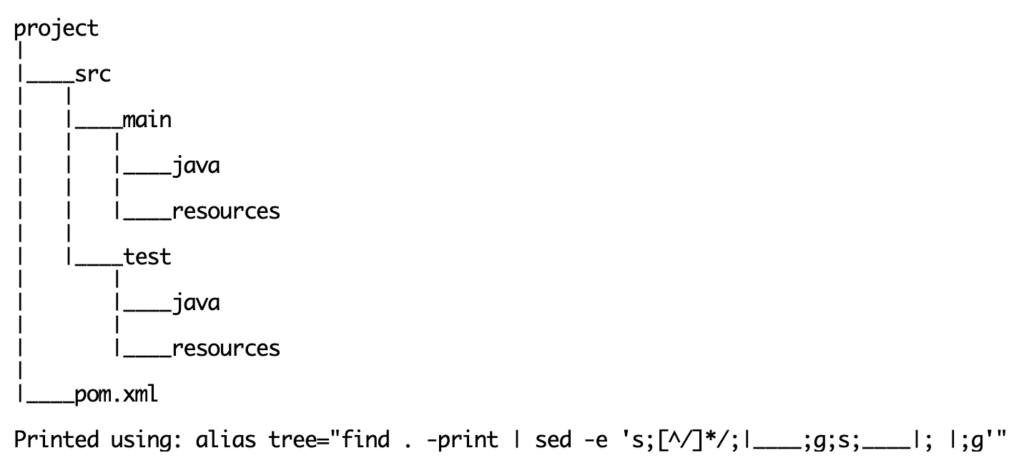Apache Maven (commonly referred to as “Maven”) is a Build Management tool. Maven is primarily used to build Java projects. Other language projects can also be built using Maven. Apache Maven is written in Java, for the most part. It is an open source project.
Maven follows a convention-over-configuration philosophy. More on this follows.
Why is Maven a Build Management tool?
Maven aims at achieving the following for a project:
- build tooling
- version management
- re-usability
- maintainability
- comprehensibility
- inheritance
In addition, maven provides capabilities for a project to :
- produce different build targets and results builds via profiles
- test code
- generate documentation
- furnish metrics and reports
- deploy built artifacts
What is Convention-Over-Configuration?
Convention-over-configuration is a software paradigm. The main intent of such a paradigm is to reduce the number of superfluous decisions required by a developer to build her/his project. The paradigm aims to meet and satisfy the “principle of least astonishment“.
Apache Maven – convention over configuration
Apache Maven provides sensible defaults for a project’s build management. A developer can then choose to override any preset defaults.
An example of such is clear in the conventional directory structure of a Maven project:

In this directory structure, the source code is, by convention located under the project root directory in a src directory.
Under the src directory there exists a main directory that is, by convention expected to contain production code, that is, code that is expected to be a part of the final executable.
Parallel to the main directory, there is a test directory, where test code is expected, by convention. Java code, once again, by convention (I think by now the point is made, will stop referring to it) exists in a java directory either in the production or in the test location.
Similarly resources needed for production or test outputs, reside respectively in the resources directory.
This is just one example. Maven uses the convention-over-configuration philosophy in many other areas.
What are some Maven capabilities?
A few features that maven offers (this is not a comprehensive list):
- Validate the project structure
- Auto generate any code/resources needed by the project
- Generate any documentation
- Compile source code, display errors / warnings
- Test the project based on existing tests
- Package compiled code into artifacts (examples include
.jar,.war,.ear,.ziparchives and many more) - Package source code into downloadable archives / artifacts
- Install packaged artifacts on to a server for deployment or into a repository for distribution
- Generate site reports and test evidence
- Report a build as success or failure
- . . .
How does Maven work?
Maven uses a Project Object Model (POM) to manage a project.
Maven commands execute parts of its Project Object Model.
A Project Object Model is usually described as an XML document. A POM description is NOT limited to XML. Other formats can be used to describe the Project Object Model, however, XML was the first format used.
A picture to illustrate a typical maven execution:

The next article in this series will dig into details of a Project Object Model (POM). Have fun with Apache Maven!
A very simple yet powerful introduction to maven, as a beginner I’ve been wondering what even POM is. Thanks for sharing
Gostei de mais, parabéns.